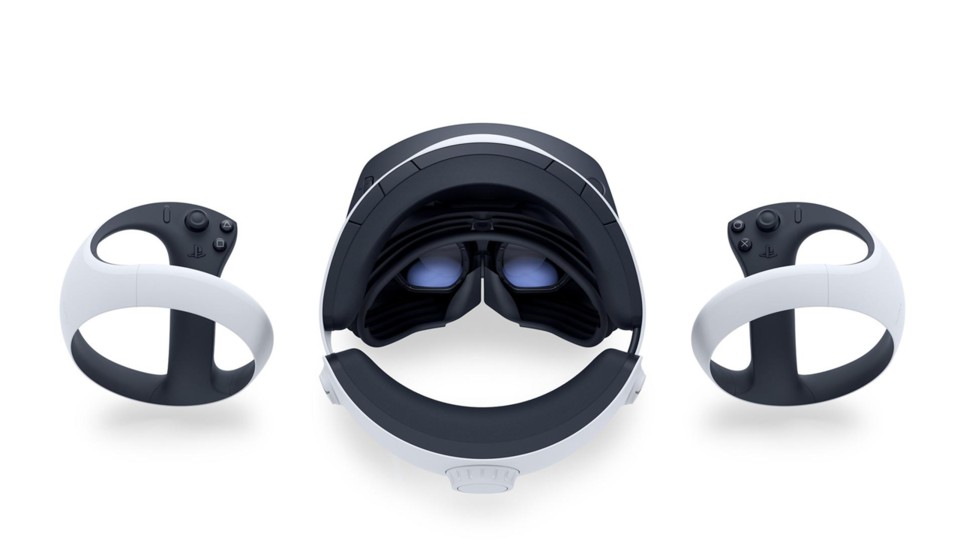PSVR 2: Built-in eye tracking offers exciting accessibility opportunities

The new PSVR 2 headset shows its inner values.
The new Playstation VR Headset 2 could not only set a new standard in the field of VR glasses in general, but also in terms of accessibility. For example, in Horizon Call of the Mountain it is possible to control the menu with your eyes.
Controlling VR games with just your eyes soon?
As our colleague Sebastian Zeitz noted during his playthrough session, with Call of the Mountain it was possible to control the menu with your eyes if the PSVR 2’s eye tracking was first enabled and calibrated.
You still have to confirm the input with the X button on the controller, but the Horizon offshoot is the only game so far that uses eye tracking for such a function. In other games, eye tracking has mostly only been used for so-called foveated rendering. This is responsible for saving resources by blurring out game areas that are outside of peripheral vision.
You can see our preview of Call of the Mountain here:
![]()
19:32
Played PSVR 2 and the new Horizon – That’s awesome!
Great potential for more accessibility
Even if the use of eye tracking in this form is still in the starting blocks, it nevertheless shows how VR glasses can expand accessibility for all gamers in the future. There are already some eye and head tracking tools for gaming in general, but so far they have required a (sometimes custom-made) camera that records the player’s movements and then translates them into actions in the game.
With the PSVR 2, on the other hand, this feature is supplied directly and since the eye tracking can also recognize blinking and winking in addition to eye movements, it is quite possible that we will be able to control future VR games with our eyes alone.
This is how the eye tracking is calibrated
The eye tracking itself is optional and has to be calibrated individually for each person. To do this, you follow a red dot with your eyes inside the glasses, first on a black, then on a light, white background. You can then test whether the calibration was successful. You control seven different points with your eyes and then get an acoustic and visual signal accordingly.
More on PSVR 2 and Accessibility:
More haptic feedback than ever before
Aside from eye-tracking, the PSVR 2 offers more feedback than any VR headset before thanks to the built-in vibration motors in both the headset and controllers. On the one hand, the immersion increases significantly, on the other hand, these functions could also be used for more accessibility, such as the language to vibration function used in The Last Of Us Part I.
The new VR headset from Sony is expected to be released in early 2023, but there is currently no precise release date.
What is your impression of PSVR2 so far? Will you use eye tracking?
Reference-www.gamepro.de